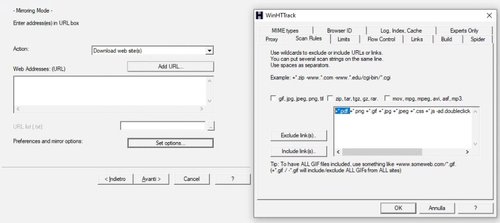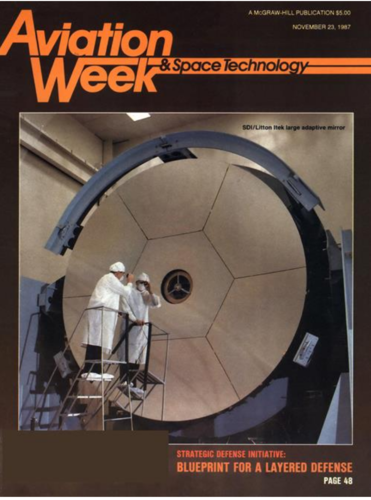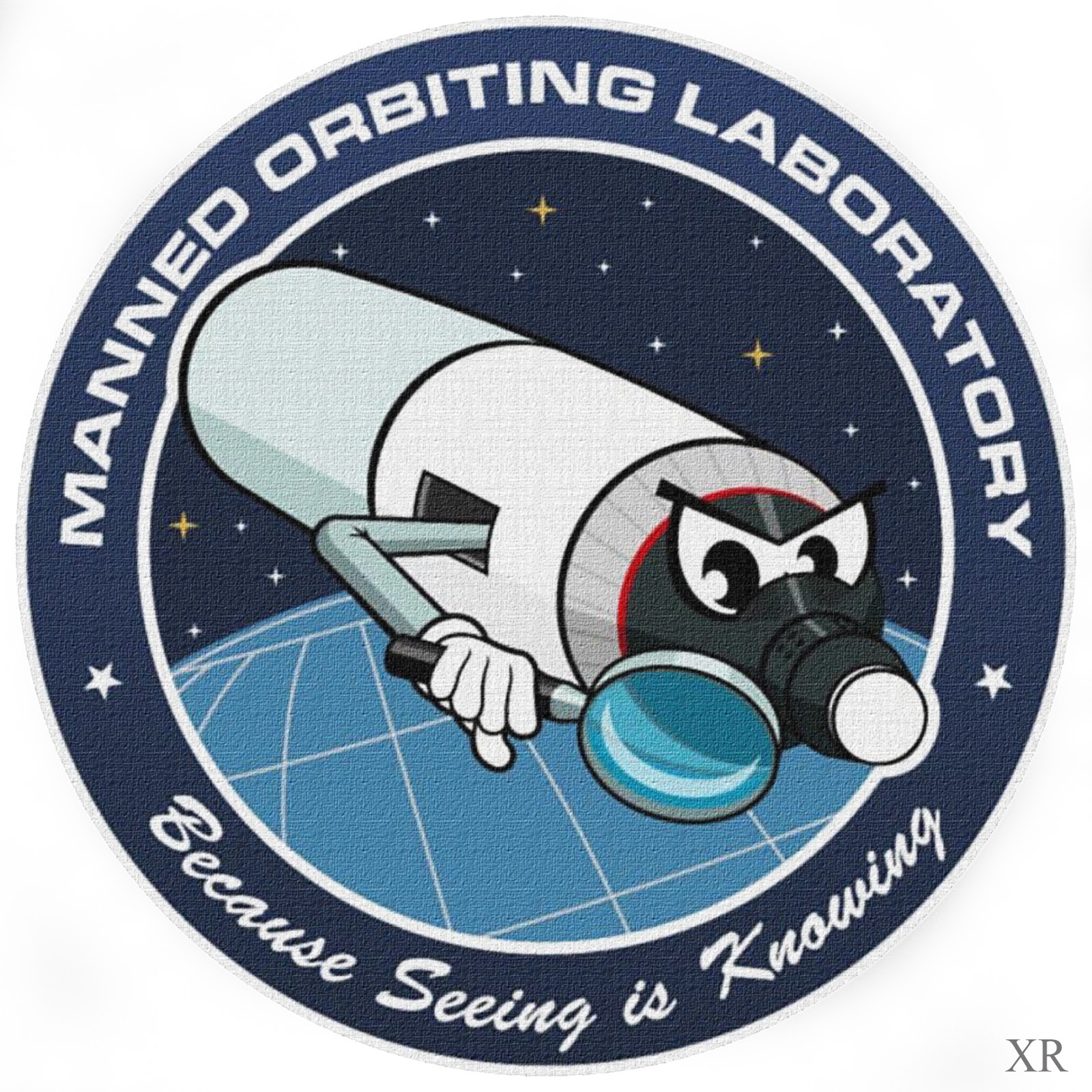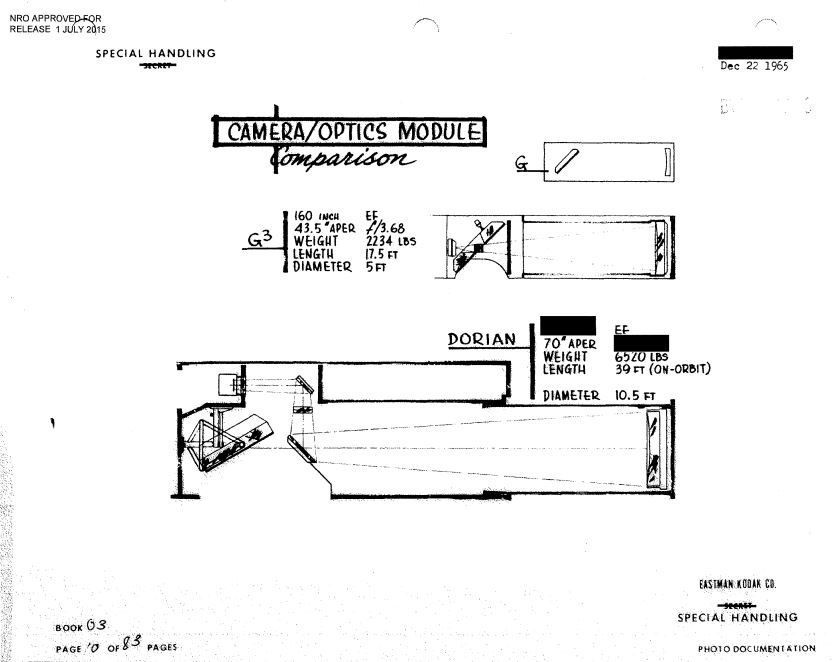The document speaks for itself.
And It doesn't say there was a fix. Bold are the quotes that are misinterpreted as the "fix" or comments that are off base.
"The Allied officers were...skeptical of manned space flight"
The Allied officers were Army. The Air Force did not exist at the time. Also, they were right to be skeptical. It took 15 more years before manned flight happened.
MOL could generate additional meaningful payloads for Titan III (page 85)
And SLS critics talk about make-work payloads...
Not true. Make-work payloads are a fallacy when the launcher is expensive. There can't be make-work payloads for SLS, they would be too expensive. Europa Clipper, HALO, PPE, etc all leaving SLS because of cost.
Saturn IB could have launched MOL with a wider diameter (read mirror) one would think.
Bigger mirror wasn't needed at the time. And a wider MOL could have still been launched on Titan.
"It would be a great coup should Apollo/Saturn be selected for the MOL program" (page 109)
This is a NASA point of view. Not the administration's or DOD's. So what if NASA thinks it would have great, what mattered is that the NRO did not.
The MOL-Apollo task team quickly noted that not all information...was made available--(page 110)
Because NASA did not have the proper clearances, nor should it have.
The P-15 was withheld, nixing the MOL-Apollo effort (top of page 111)
This is where you don't understand the history and what was going on. MOL was really never about flying all those experiments (P-1 through P-15). That was just the cover story. MOL was to carry a large reconnaissance system. The crew may have had time to do some minor experiments but they were there to operate the camera, which would leave little time for experimentation. Also, the utility of the crew was still in doubt and there were unmanned versions of MOL proposed. Which begs the question: How can MOL be a space station if it were designed to be unmanned?
Also, Seamans and Webb were given the clearances and told why P-15 was withheld. That is why NASA never really objected to MOL after that.
Some griping with costs but "with slight modifications Saturn/Apollo could meet all requirements of the MOL program.
Not a gripe, there were substantial differences in cost
The decision "was prejudged 'in favor" of Gemini Titan. (Page 112)
This is blatant misrepresentation; you put your own words into the quote. There is no "was". This is nothing but biased opinion
These were the words "constraints' of pressurized volume and early flight schedules required in the interest of national security would tend to prejudge the hardware selection "in favor of Gemini B/Titan III".
On page 191--we saw that MOL launch dates were slipping--money could have been saved had Titan III been nixed.
Wrong. MOL was not the only Titan III payload. In 1965, Titan IIIB was flying on the west coast and Titan IIICs were flying DSCS I and soon VELAs.
Page 209 to 210 detail the Florida uprising. As if Saturn IB pads could'nt be built west.
That wasn't the issue. The issue why wasn't MOL launching from the Titan ITL on the east coast.
On page 245 we see more on Apollo tech--since NASA was already looking at "spent stages" (wet stage Skylab) see footnote 46 and bottom of page 249
And your point is? You still don't get it. MOL and AAP were not compatible. In public, the DOD had to treat MOL like a space station vs a manned reconnaissance platform. MOL and NASA requirements didn't mix.
On page 247 we see it was Titan III(C) that really spelled the Doom for MOL
No, we don't. Again, your misinterpretation. If you are referring to:
"the introduction of either the Titan IIIM launch vehicle or the Titan IIIM/MOL systems into the post-Apollo manned space flight program is neither technically desirable nor cost effective, and it could jeopardize the possible U.S. position in space by delaying by almost three years the low orbital application of proven U.S. space technology."
This statement is about the use of Titan IIIM/MOL for NASA and its goals. It has nothing to do with the use for DOD.
BTW, MOL used the Titan IIIM and not the Titan IIIC. Completely different vehicles.
Nixon kills MOL on page 291
Yes the Vietnam War and Nixon--not to mention perfectly useful unmanned systems--played a part in killing MOL--but I cannot help but see this paper as proof that--had Floridians been kept happy...MOL might have flown.
Wrong interpretation again. Hexagon KH-9 killed MOL. It was not external influences like NASA, AAP or "Floridians". It was an internal National Reconnaissance Program decision. The KH-9 was still in development at the time. Actually, KH-9 was canceled and that was reversed and MOL was cancelled instead. MOL couldn't fly from Florida anyways.
Hate against the Saturn I is also what wound up dooming MOL
Wrong. Another misinterpretation and lack of basic spaceflight knowledge.
MOL was announced in December 1963. Saturn I had already flown 4 times. Your wikipedia quote is from April 1959. MOL wasn't cancelled until 1969, long after Saturn I had flown out. They are totally unrelated. The Titan C referenced by Medaris was not the same as the Titan IIIC
Titan C

www.astronautix.com
The shuttle showed that NASA and DOD should not work together on large projects. Each have unique requirements that often conflict. MOL would have been worse.





